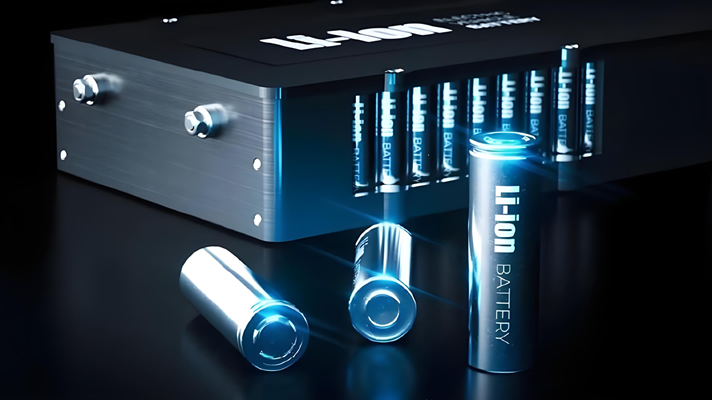Advanced Lithium Battery Thermal Management: Temperature Effects, Cooling & Heating Technologies for Optimal Performance
- Introduction: Importance of Lithium Battery Temperature Control
Lithium battery thermal management is critical to ensure optimal performance, longevity, and safety. Extreme temperatures—both high and low—significantly impact lithium-ion battery life and efficiency. Without proper battery temperature control, risks such as thermal runaway and capacity degradation increase, affecting industrial energy storage and electric vehicle battery applications alike.
- Effects of Extreme Temperatures on Lithium-Ion Battery Performance and Cycle Life
Temperature plays a vital role in lithium-ion battery performance:
- High temperatures accelerate chemical degradation, increase internal resistance, and raise the risk of thermal runaway, which can lead to catastrophic failure.
- Low temperatures reduce electrolyte conductivity, limit power output, and risk lithium plating during charging, causing permanent capacity loss.
Studies show battery capacity can drop by 30-40% at freezing temperatures, while excessive heat shortens cycle life dramatically. Therefore, maintaining batteries within an optimal temperature range is essential for safety and efficiency【1】【2】.
- Overview of Battery Cooling Systems for Lithium Batteries: Liquid Cooling vs Air Cooling
Effective cooling methods are paramount in thermal management:
- Liquid cooling systems circulate coolant through battery modules to rapidly dissipate heat. These systems offer high cooling efficiency and uniform temperature control, ideal for high-power electric vehicles and large-scale industrial energy storage【1】.
- Air cooling systems rely on forced airflow to remove heat. Though simpler and less costly, they provide limited cooling capacity and are best suited for residential or small industrial applications【3】.
- Heating Solutions for Lithium Battery Operation in Cold Climates
To prevent performance degradation and damage during low-temperature operation, heating solutions such as PTC heaters or heating films are integrated into battery packs. These heating systems enable safe charging and maintain battery capacity in cold climates, critical for vehicles and energy storage systems in northern regions【2】.
- Intelligent Battery Management System (BMS) Thermal Control Technologies
Modern Battery Management Systems (BMS) feature advanced temperature control technologies. By continuously monitoring cell temperatures and controlling cooling and heating elements, BMS optimizes battery pack thermal regulation, ensuring safety and prolonging cycle life. This intelligent thermal management is essential in both electric vehicle batteries and industrial energy storage systems.
- Case Studies: Thermal Management in Electric Vehicle Batteries and Industrial Energy Storage
- Tesla Model 3 employs an integrated liquid cooling and heating thermal management system that maintains battery temperatures within an optimal range, maximizing performance and longevity【1】.
- Large-scale industrial energy storage projects use hybrid systems combining air cooling and phase change materials (PCM) for efficient and cost-effective thermal management【3】.
- Emerging Trends in Lithium Battery Thermal Management Technologies
The field is evolving with innovations such as:
- Solid-state batteries and advanced electrolytes offering wider operating temperature ranges.
- AI-enhanced thermal management employing machine learning to dynamically optimize temperature regulation.
- Modular and scalable TMS designs for adaptable applications.
- Use of eco-friendly, energy-efficient thermal management materials.
- Conclusion
Effective lithium battery thermal management is indispensable for maintaining battery safety, performance, and longevity under extreme temperature conditions. By deploying advanced cooling and heating systems alongside intelligent BMS technologies, manufacturers can mitigate risks like thermal runaway and capacity loss, ensuring reliable operation in diverse industrial and electric vehicle applications.
References
- Pesaran, A. A., Rugh, J., & Smith, K. (2013). Electric Vehicle Battery Thermal Issues and Thermal Management Techniques. National Renewable Energy Laboratory (NREL).
- Bandhauer, T. M., Garimella, S., & Fuller, T. F. (2011). A Critical Review of Thermal Issues in Lithium-Ion Batteries. Journal of The Electrochemical Society, 158(3), R1–R25.
- Karimi Kisomi, M. (2025). Thermal Management of Lithium-Ion Batteries: A Comparative Study of Phase Change Materials and Air-Cooling Systems Equipped with Fins.
https://arxiv.org/abs/2503.10244


